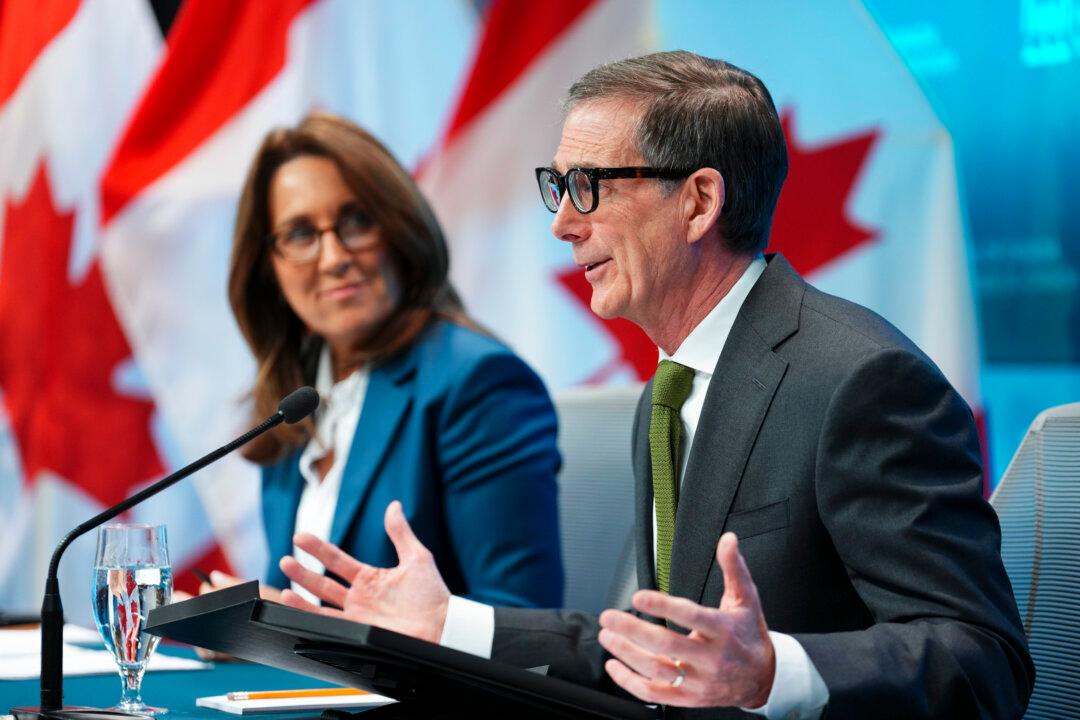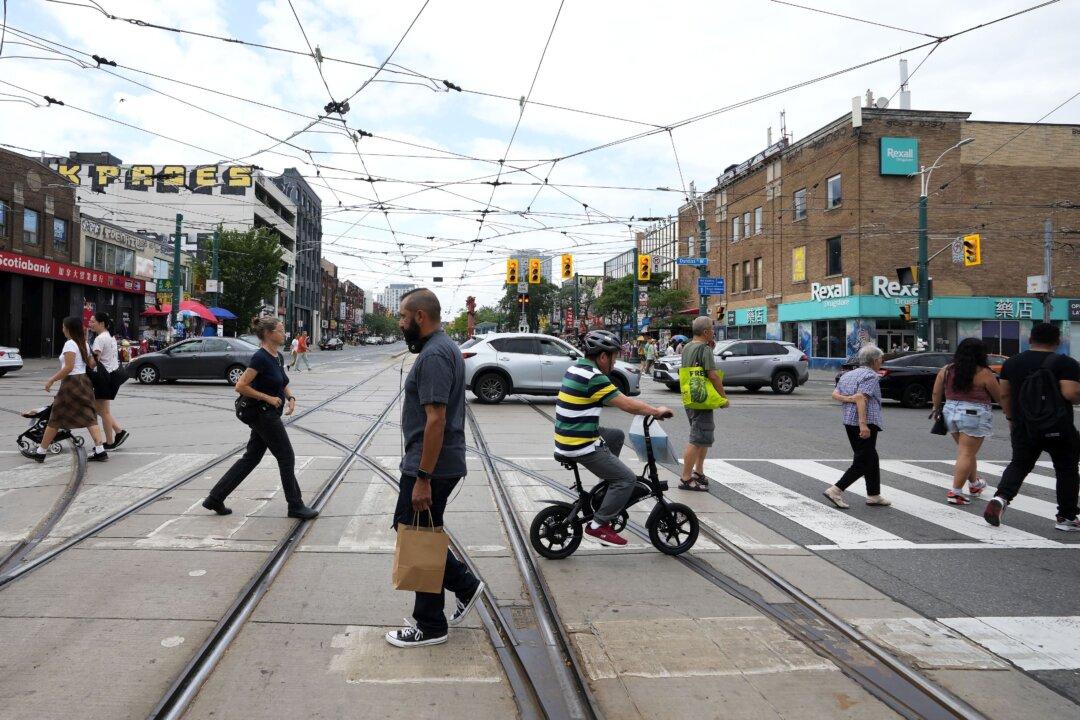While the political parties may not agree on much, one general consensus is that Canada has a housing affordability crisis. But the country doesn’t have a one-size-fits-all national housing market, and certain parts of it didn’t become ridiculously unaffordable overnight. This represents a complicated predicament that has taken on significance in the election campaign.
Against this backdrop, analysts can see repercussions from implementing national housing policies and point out that it’s debatable what role the federal government should play.
The Liberals, Conservatives, and NDP all plan to build new homes and introduce taxes to target foreign buyers and vacant homes while also establishing measures to make home ownership more attainable.
Wendell Cox, urban policy expert at the Frontier Centre for Public Policy, believes the proposed approaches to encouraging home ownership could exacerbate the housing market quandary in the near term.
“Demand measures are likely to backfire,” he told The Epoch Times.
Cox emphasized that excessive home-price appreciation stems from provinces that restrict home construction to within certain areas.
“When the provincial government imposes a ‘greenbelt’ around the entire metropolitan area, that creates a real problem,” he said, noting that home prices in urban centres surrounded by such a strip of land—whether left undeveloped or used for agriculture—tend to rise much faster than prices in places without greenbelts.
Thus, Cox says, there’s actually little the feds can do to fix the affordability problem other than pressuring provincial authorities to not constrain land use in this manner.
“When you allow housing prices to get out of control in the market, you’re also making people poor,” he said.
Collateral Damage
A surge in housing demand and a red-hot real estate market were to be expected given that the Bank of Canada cut its key interest rate to a historical low of 0.25 percent in March 2020 and the feds provided more than ample financial support to households amid the pandemic. Stephen Poloz, who oversaw the extraordinary actions as BoC governor at the time, said earlier this year that such an outcome was an acceptable trade-off to prevent greater economic damage.
The pandemic itself proved to be a catalyst for additional housing demand as more people worked from home and needed more space.
RBC’s national housing affordability measure—home ownership costs as a proportion of household income—hit 52 percent in the first quarter of 2021. This is the worst level in 31 years.
Home prices have gone up a record-breaking 17.8 percent for the year ending in July, based on the Teranet-National Bank House Price Index (HPI).
“We do not see prices decreasing in the near term, even though the gains over the past year are staggering,” according to an Aug. 19 Teranet-National Bank HPI statement.
“Current [home sales] activity is still historically strong and driving solid price growth in most markets,” said BMO senior economist Robert Kavcic in an Aug. 16 note.





